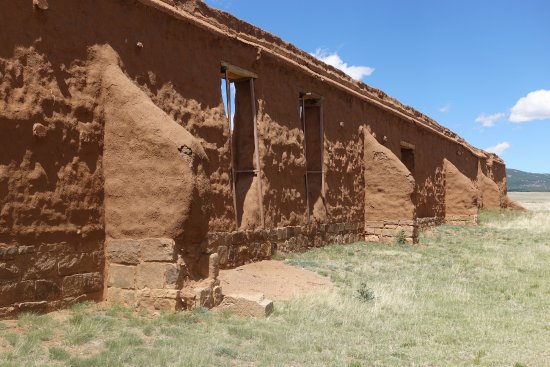The Pony Express
| HOME | OVERVIEW | PROFILES | INFLUENCE |
JG Kelly's account
"I was a pony express rider in 1860, and went out with Bol Roberts (one of the best men that ever lived), and I tell you it was no picnic. No amount of money could tempt me to repeat my experience of those days. To begin with, we had to build willow roads (corduroy fashion) across many places along the Carson River, carrying bundles of willows two and three hundred yards in our arms, while the mosquitoes were so thick it was difficult to discern whether the man was white or black, so thickly were they piled on his neck, face, and hands. Arriving at the Sink of the Carson River, we began the erection of a fort to protect us from the Indians. As there were no rocks or logs in that vicinity, the fort was built of adobes, made from the mud on the shores of the lake. To mix this mud and get it the proper consistency to mold into adobes, we tramped around all day in it in our bare feet. This we did for a week or more, and the mud being strongly impregnated with alkali, you can imagine the condition of our feet. They were much swollen, and resembled hams. Before that time I wore No. 6 boots, but ever since then the No. 9s fit me snugly.

This may, in a measure, account for Bob Haslam's selection of a residence in Chicago, as he helped us make the adobes, and the size of his feet would thereafter be less noticeable there than elsewhere.
We next build a fort of stone at Sand Springs, twenty-five miles from Carson Lake, and another at Cold Springs, thirty-seven miles east of Sand Springs.
At the latter station I was assigned to duty as assistant station-keeper, under Jim McNaughton. The war against the Piute Indians was then at its height, and we were in the middle of the Piute country, which made it necessary for us to keep a standing guard night and day. The Indians were often seen skulking around, but none of them ever came near enough for us to get a shot at them, till one dark night, when I was on guard, I noticed one of our horses prick up his ears and stare. I looked in the direction indicated and saw an Indian's head projecting above the wall.
My instructions were to shoot if I saw an Indian within shooting distance, as that would wake the boys quicker than anything else' so I fired and missed my man." -70 years on the Frontier, Alexander Majors